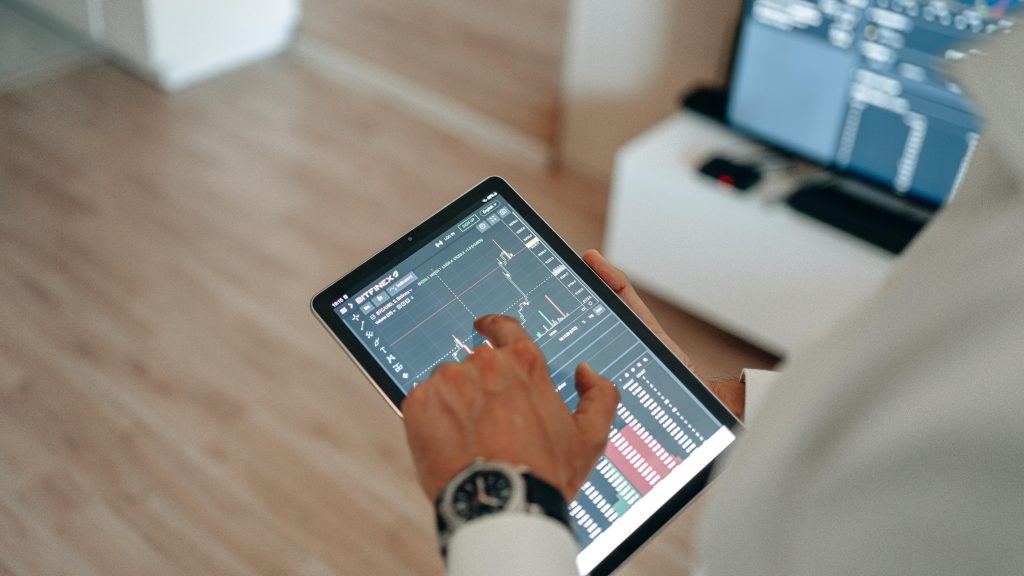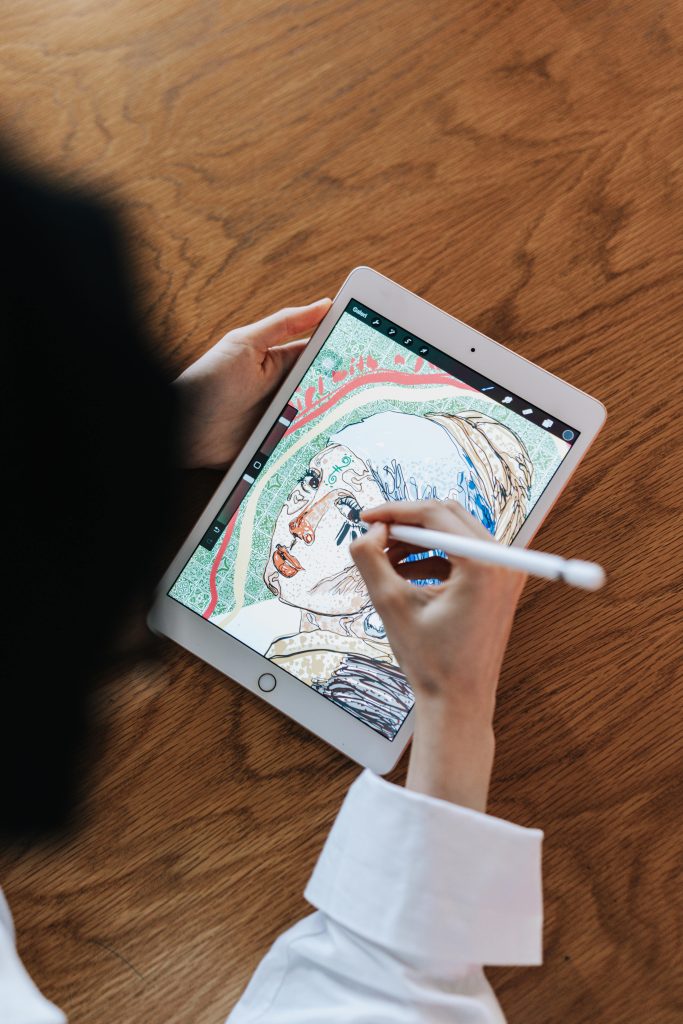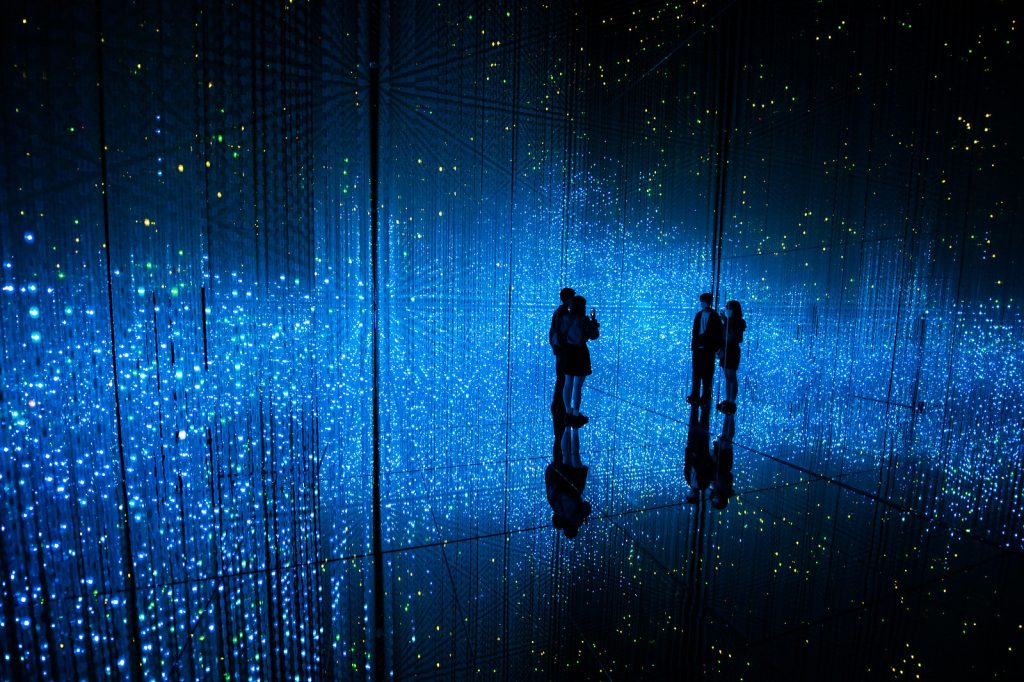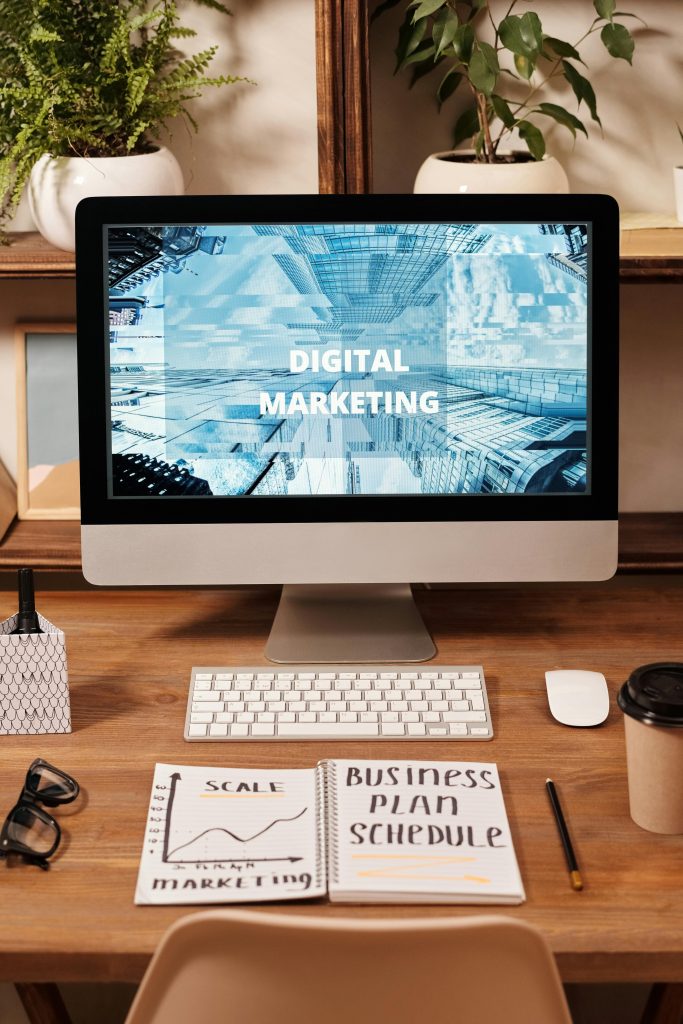Creativity has always been one of the fundamental pillars of human progress. However, we have never been so close to redefining what it means to create as we are now. The combination of art and innovation is not just a trend but a reflection of our time, where technology and artistic expression coexist to shape the future in unpredictable and exciting ways. But how do these areas intertwine? And what are the implications for artists, companies, and consumers? Let’s explore.

The Technological Revolution in Art
Technology has transformed art in three main areas: creation, distribution, and experience. Let’s see how each has evolved.
Creation
Digital tools and advances in artificial intelligence (AI), such as machine learning applications, are expanding creative possibilities. Examples include:

- Software like Procreate (for digital illustrations) and Blender (for 3D modeling and animations) offering accessible and professional tools. They allow artists to create illustrations, animations, and 3D models in an intuitive and accessible way.
- Generative AI: Platforms like DALL-E and MidJourney create images, music, and even texts with minimal human input, democratizing creativity.
These innovations do not replace human talent but enhance it, enabling the creation of works that previously seemed impossible.
Distribution
The internet and streaming platforms, such as YouTube and Spotify, have revolutionized how art reaches the public. Some notable advances include:
- Social Media: Instagram, TikTok, and Pinterest provide showcases for artists to present their work to millions of people.
- NFTs (Non-Fungible Tokens): Allow creators to sell digital art with authenticity and scarcity guaranteed by blockchain.
Experience
The consumer experience has also evolved with:
- Virtual Reality (VR): Immerses viewers in interactive exhibitions.
- Augmented Reality (AR): Integrates digital art into the physical world, such as camera filters and urban installations.
Examples Where Art and Innovation Meet
Here are some striking examples of this fusion:

- TeamLab Borderless (Japan): A digital museum where artworks respond to visitors’ movements.
- Beeple: A digital artist who sold an NFT artwork for over $69 million, showcasing the economic impact of digital art.
- MoMA AR Guide: The Museum of Modern Art in New York offers an interactive AR guide, enriching visitors’ experiences.
Benefits and Challenges of Innovation in Art
Innovation has brought unique opportunities but also significant challenges. Let’s explore them.
Benefits
- Accessibility: Digital tools enable more people to create and share art.
- New Markets: NFTs and digital art have created new business models.
- Global Collaborations: Online platforms connect artists worldwide.
Challenges
- Ethical Issues: The use of AI in art raises debates about originality and copyright.
- Sustainability: The blockchain technology behind NFTs consumes a lot of energy.
- Digital Exclusion: Not everyone has access to the latest tools.
Tips for Artists Who Want to Adapt to the Future
If you are an artist or creator, here are some tips to stand out:
- Master Digital Tools: Learn software like Adobe Creative Suite or free alternatives like GIMP and Krita.
- Understand the NFT Universe: Even if you don’t use them, it’s important to understand how they work.
- Invest in Digital Marketing: Use social media and SEO to promote your art.
- Join Communities: Platforms like ArtStation and Behance are great spaces for networking.
The Role of Companies in the Art + Innovation Formula
Companies also play a fundamental role in this ecosystem. They can:

- Sponsor Projects: Major brands have already funded creative initiatives to reinforce their identities.
- Develop Tools: Tech startups are creating software that boosts artistic creation.
- Promote Inclusion: Initiatives that democratize access to digital art are crucial.
Conclusion
The future of creativity is constantly evolving, and the point where art meets innovation is fertile ground for cultural and economic transformation. Whether you are creating or just consuming, understanding this intersection is essential to navigate the opportunities of the future. What role will you play in this scenario?
